 Late-onset congenital diaphragmatic hernia: A case report - ScienceDirect
Late-onset congenital diaphragmatic hernia: A case report - ScienceDirectDiaphragmatic Hernia What is a diaphragmatic hernia? Diaphragm is a muscle barrier in the form of a dome between the chest and abdominal cavities. The heart and lungs are separated from their abdominal organs (stomach, intestines, spleen, and liver). A diaphragmatic hernia occurs when one or more of your abdominal organs move up into your chest through a defect (opening) in the diaphragm. This type of defect may be present at birth or later acquired in life. It is always a medical emergency and requires rapid surgery to correct. A congenital diaphragmatic hernia (CDH) is due to abnormal diaphragm development while the fetus forms. A defect in the diaphragm of the fetus allows one or more of its abdominal organs to move to the chest and occupy the space where their lungs should be. As a result, the lungs cannot develop properly. In most cases, this affects only one lung. An acquired diaphragmatic hernia (ADH) is usually the result of a blunt or penetrating injury. Traffic accidents and falls cause most blunt injuries. Penis lesions are usually due to stabbing or shooting wounds. Surgery in the abdomen or chest may also cause accidental damage to your diaphragm. Rarely, diaphragmatic hernia can occur without a known reason and pass without diagnosing for a period of time, until it becomes severe enough to cause symptoms. Most congenital diaphragmatic hernias are idiopathic; their cause is unknown. It is believed that a combination of several factors leads to its development. chromosomal and genetic anomalies, environmental exposures and nutritional problems can play a role in the formation of these hernias. It may also occur with other organ problems such as abnormal heart development, gastrointestinal or genitourinary systems. The following factors may increase your risk of an acquired diaphragmatic hernia: The severity of symptoms with a diaphragmatic hernia may vary depending on their size, cause, and organs involved. The difficulty of breathing is usually very serious. In a CDH, it results from abnormal development of the lungs. In an ADH, it occurs when the lungs cannot function properly due to overflow. Tachypnea (fast breath)The lungs may try to compensate for the low levels of oxygen in your body by working on a . Blue skin discolorationWhen your body does not get enough oxygen from your lungs, it can make your skin look blue (). Tachycardia (psychiatric heart rate) Your heart can pump faster than normal to try to supply your body with oxygenated blood. Breathing sounds decreased or absent This symptom is common in the case of a CDH because one of the baby's lungs may not have formed properly. The affected side will be absent or very difficult to hear. Bowl sounds in the chest area This occurs when the intestines move towards the chest cavity. Less full abdomen Your abdomen may be less full than it should on palpation (a body exam by clicking on certain areas). This is because the abdominal organs are pushed into the chest cavity. Doctors can usually diaphragmatic congenital hernia before the baby is born. About half of the cases are revealed during an ultrasound examination of the fetus. There may also be a greater amount of amniotic fluid (the fluid that surrounds and protects the fetus) inside the uterus. After birth, the following anomalies may appear during a physical examination: The following tests are usually sufficient to diagnose a CDH or ADH: Both congenital and acquired diaphragmatic hernias usually require urgent surgery. Surgery should be done to remove the abdominal organs from the chest and place them back in the abdomen. The surgeon will repair the diaphragm. With a CDH, surgeons can perform surgeries as soon as 48 to 72 hours after delivery of the baby. Surgery may occur before in emergency situations or may be delayed. Every case is different. The first step is to stabilize the baby and increase their oxygen levels. Various medicines and techniques are used to help stabilize the baby and help breathe. These babies are better cared for in a center with a highly specialized neonatal intensive care unit (NICU). Once the baby stabilizes, surgery may occur. With an ADH, the patient usually needs to be stabilized before surgery. Because most cases of ADH are due to injuries, there may be other complications such as internal bleeding. Therefore, surgery should occur as soon as possible. Currently, there is no known way to prevent a CDH. Early and regular prenatal care during pregnancy is important to help detect the problem before birth. This allows proper planning and care before, during and after delivery. Some basic preventive measures that can help you avoid an ADH include: The point of view for a CDH depends on how damaged the lungs are, as well as the severity of the involvement of other organs. According to current research, the overall survival rate of congenital diaphragmatic hernias is 70-90 percent. The survival rate of an ADH is directly correlated with the type of injury, age and general health of the individual, as well as the severity of the hernia based on the size and other organs involved. Last medical review on May 5, 2017Read this following
Cureus ⋅ Adult Onset Morgagni Hernia: Medical vs. Surgical managementAdultHerniacureus.comType:PNGImages may be subject to copyright.
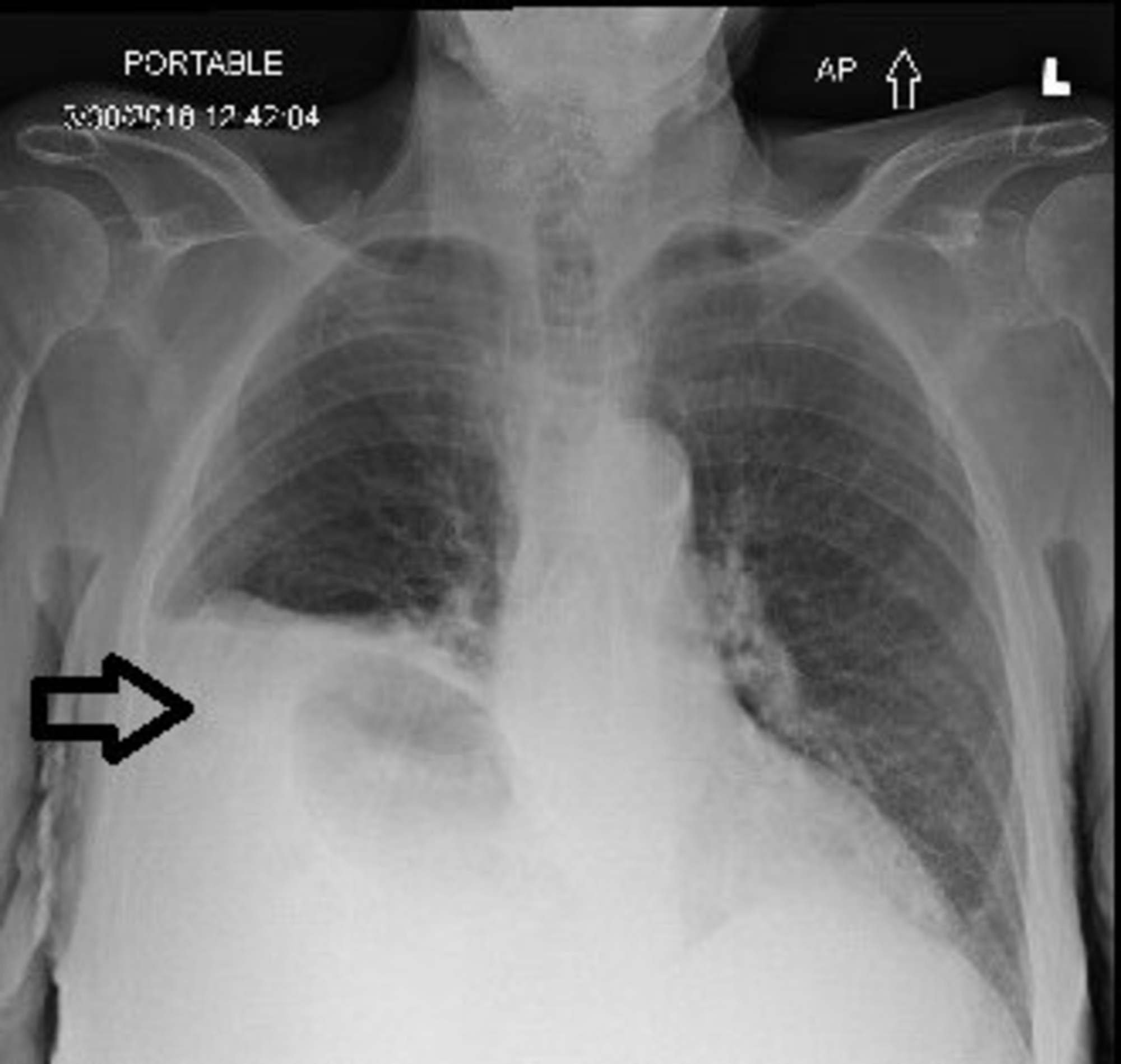
Cureus | Adult Onset Morgagni Hernia: Medical vs. Surgical Management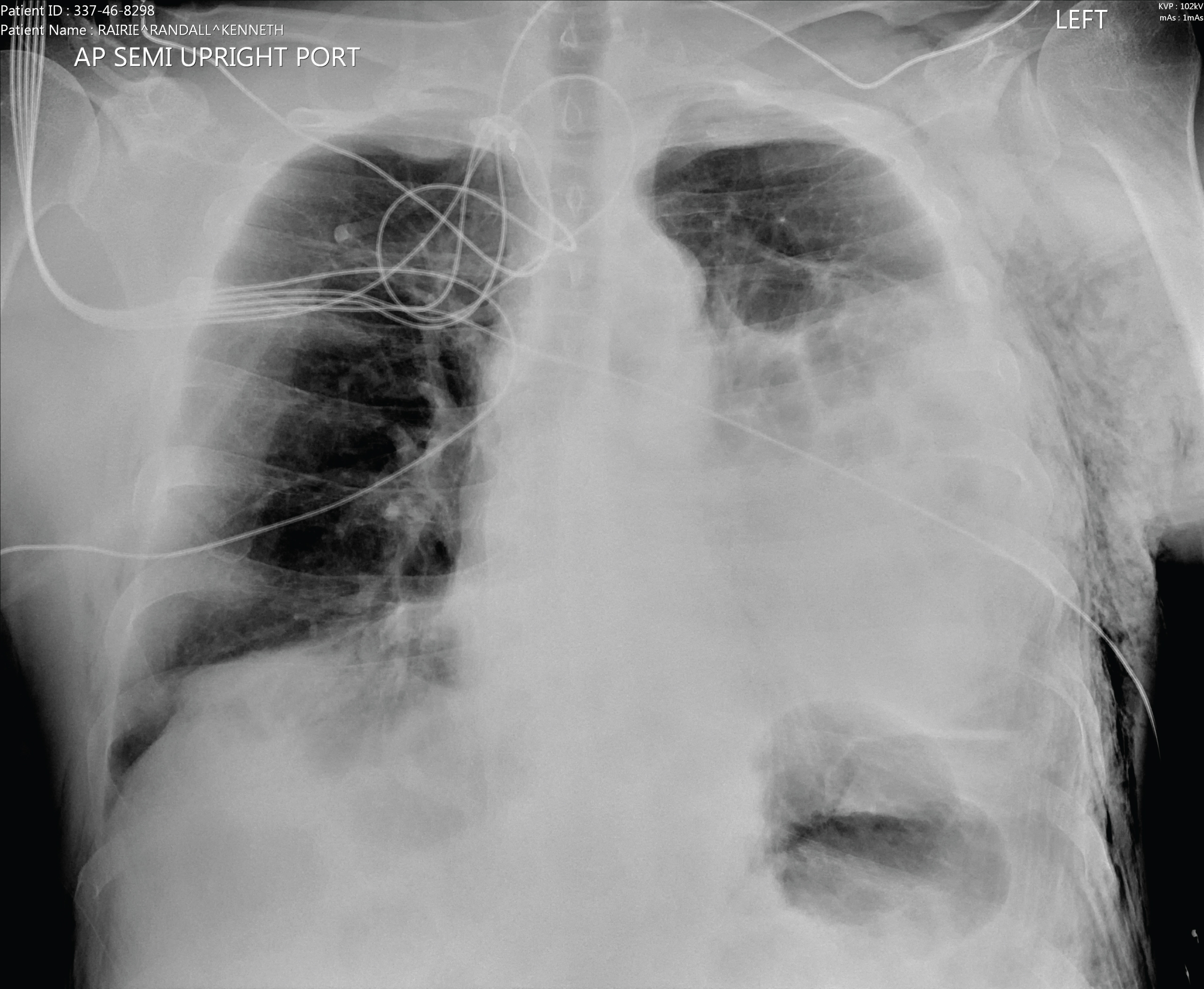
A Rare Case of an Adult Congenital Diaphragmatic Hernia becoming Symptomatic after an Elective Procedure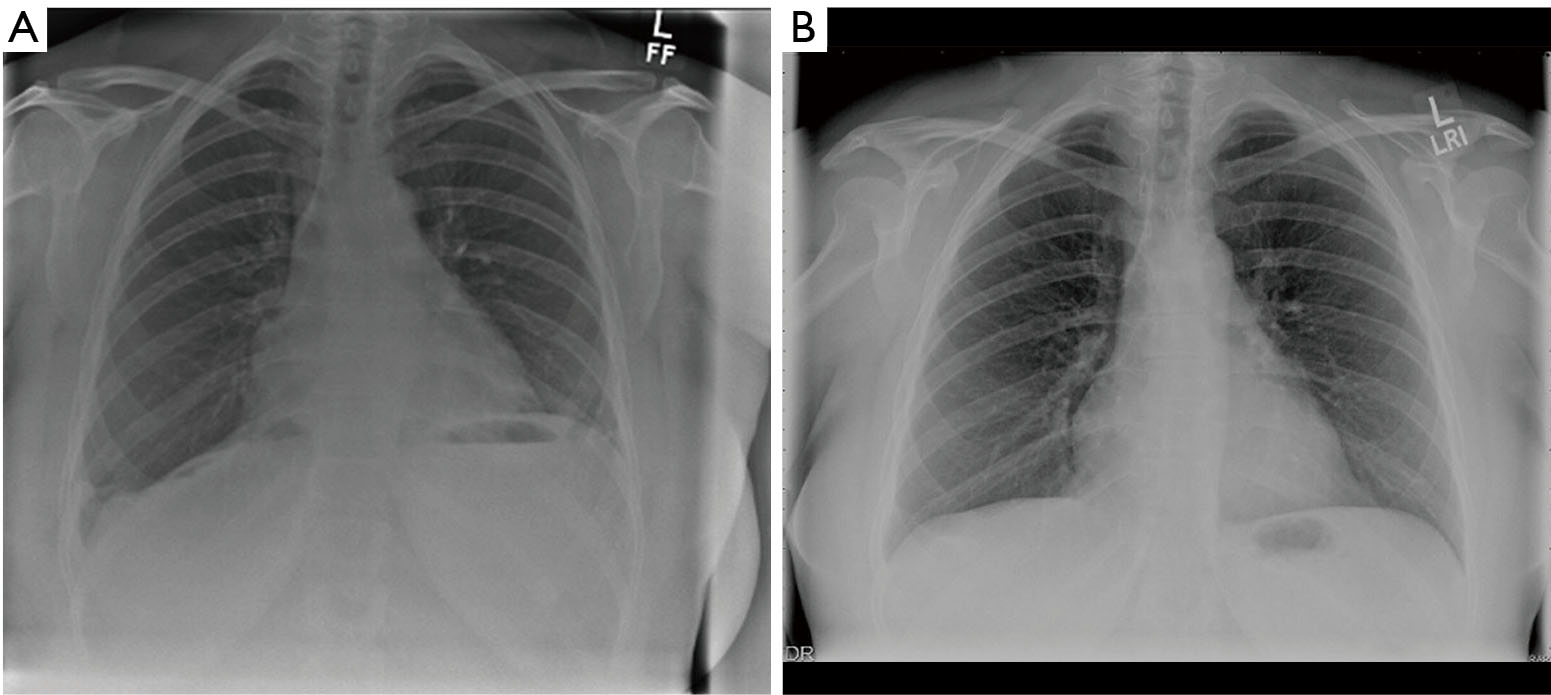
Thoracoscopic approach to congenital diaphragmatic hernias in adults: Southampton approach and review of the literature - Amer - Journal of Visualized Surgery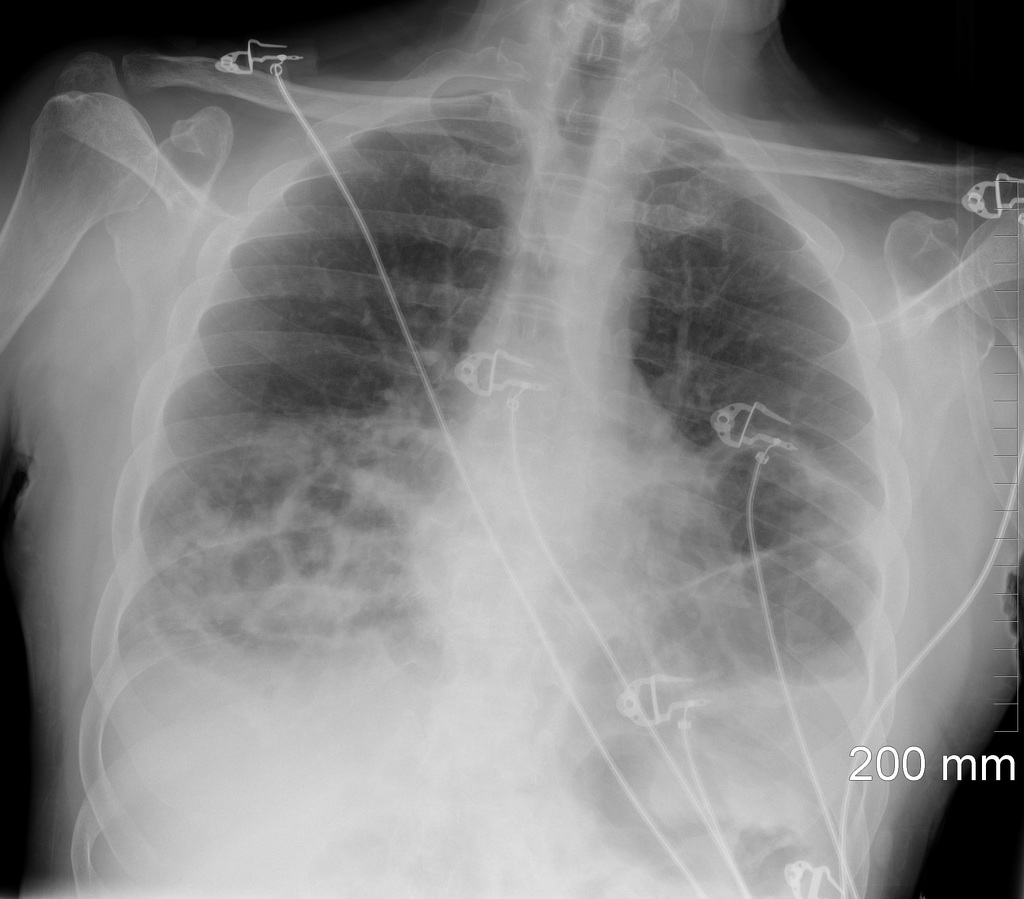
Large anterior diaphragmatic hernia | Radiology Case | Radiopaedia.org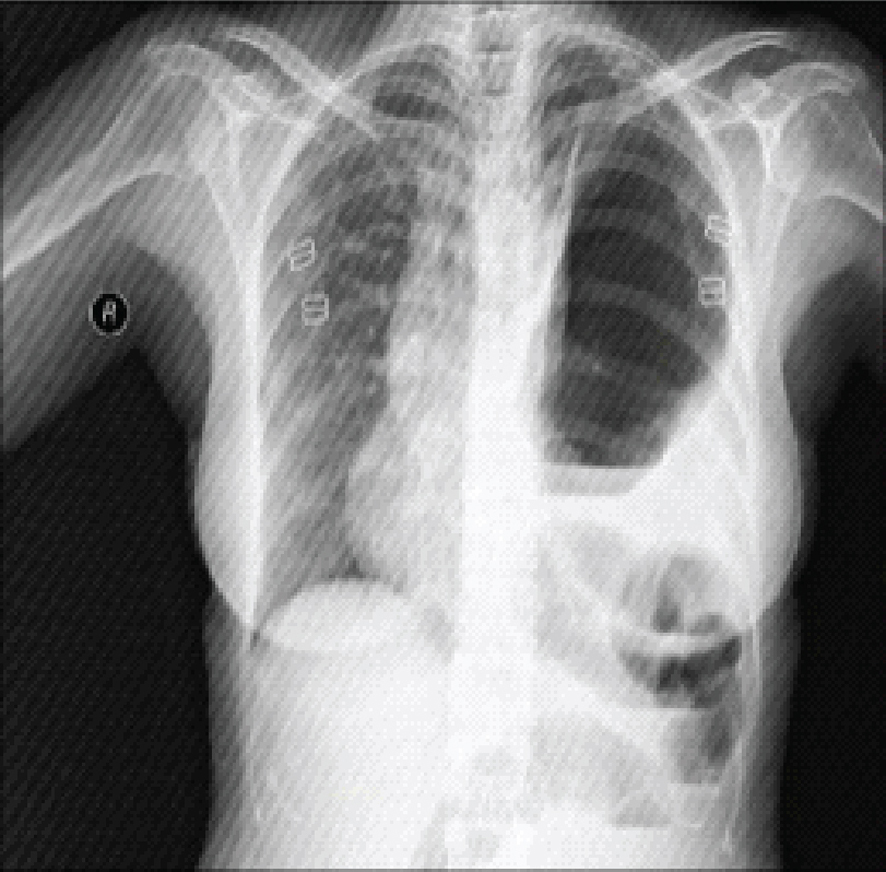
Congenital Diaphragmatic Hernia in an Adult Presenting With Ileus: A Case Report | Paltaci | Journal of Medical Cases
Two cases of diaphragmatic hernia (congenital and post-traumatic) primarily treated by laparotomic access: critical appraisal of operative strategy | Colaut | Journal of Respiratory Research
Figure 1 from Congenital Diaphragmatic Hernia in an Adult: A Case Report | Semantic Scholar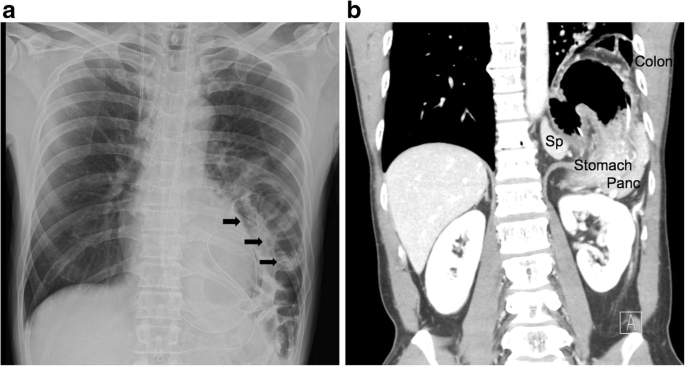
Bochdalek hernia in an adult: two case reports and a review of perioperative cardiopulmonary complications | Surgical Case Reports | Full Text
Laparoscopic Repair of a Chronic Iatrogenic Diaphragmatic Hernia - ScienceDirect
Case Report: Non-Traumatic Diaphragmatic Hernia in Adult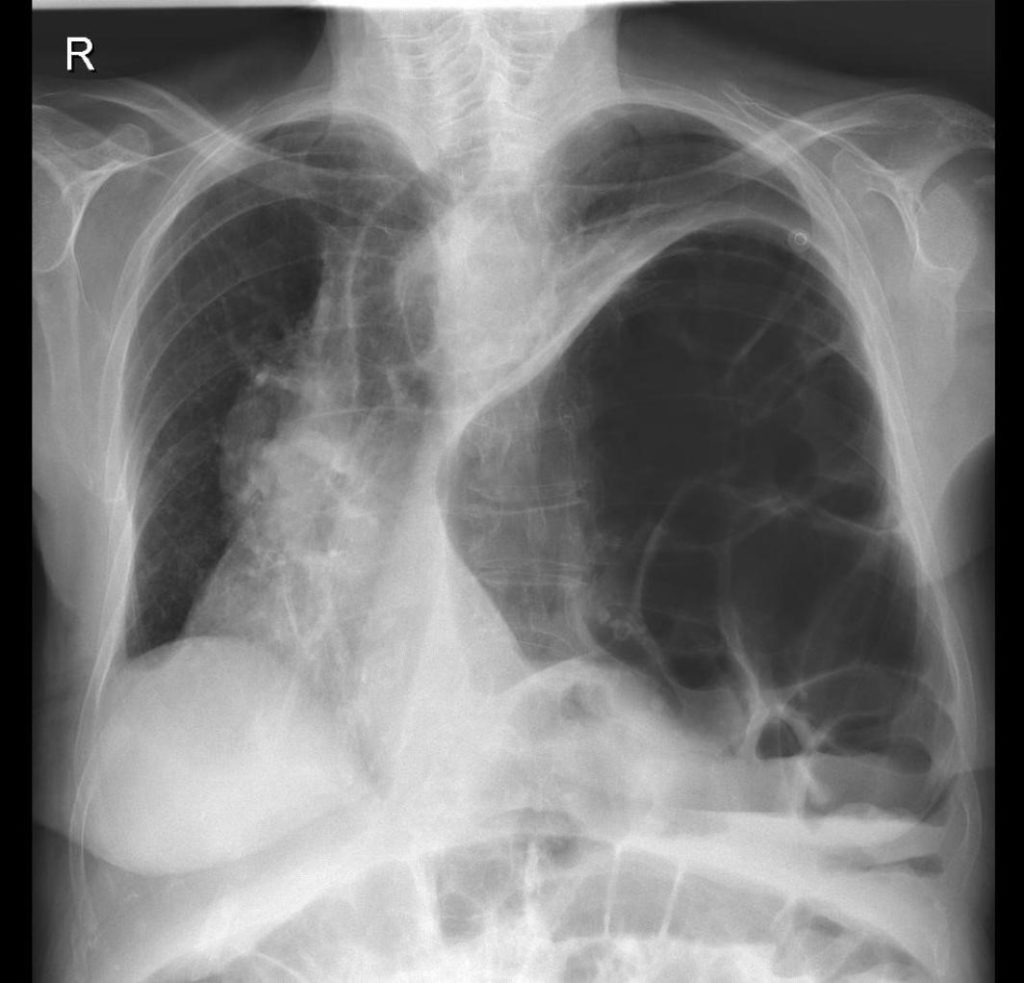
An Elderly Patient with a Diaphragmatic Hernia Presenting as Decompensated Heart Failure – Irish Medical Journal
Diaphragmatic Hernia - YouTube
Diaphragmatic hernia | Radiology Case | Radiopaedia.org
Diaphragmatic Hernia: Symptoms & Treatment - Science Class | Study.com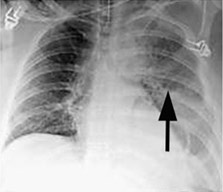
Diaphragmatic Hernia - Laparoscopic and Thoracoscopic Repair, Mumbai
Late-diagnosed diaphragmatic hernia in an 8-year-old girl | Emergency Medicine Journal
Chest Radiology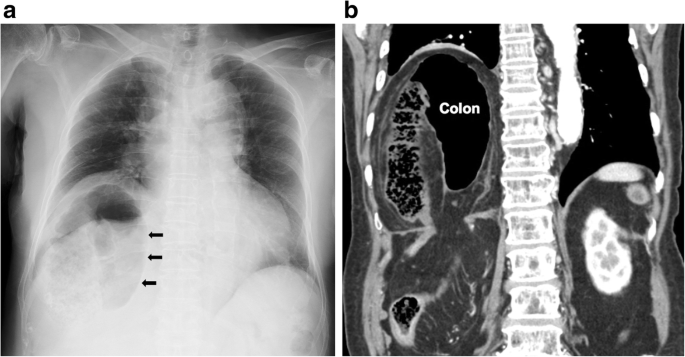
Bochdalek hernia in an adult: two case reports and a review of perioperative cardiopulmonary complications | Surgical Case Reports | Full Text
Diaphragmatic hernia - adult | Radiology Case | Radiopaedia.org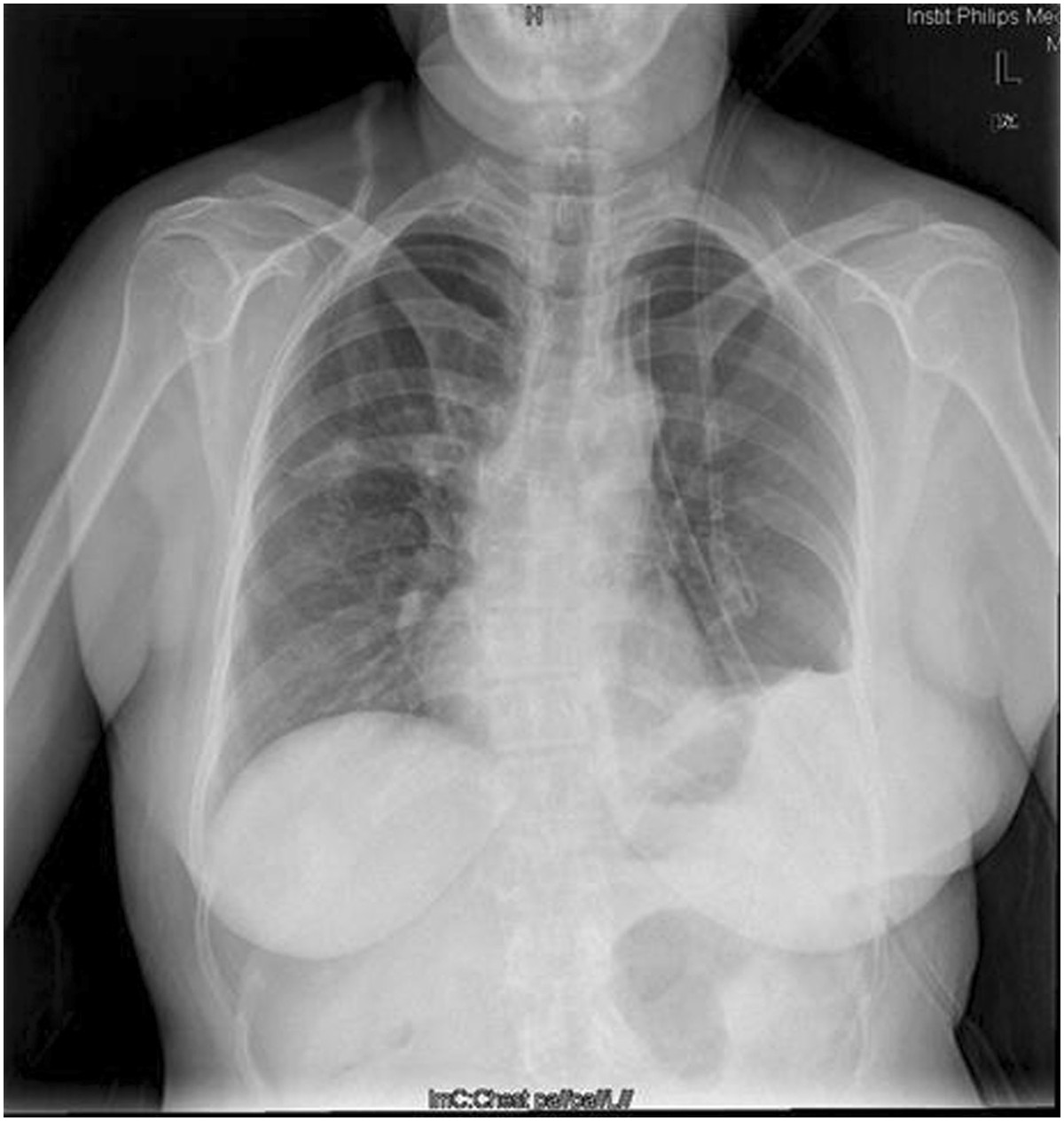
Giant congenital diaphragmatic hernia in an adult | SpringerLink
6} Losanoff JE, Sauter ER. Congenital posterolateral diaphragmatic... | Download Scientific Diagram
Hernia diafragmática posterolateral de Bochdalek en el adulto
Internet Scientific Publications
Late presentation of congenital diaphragmatic hernia (CDH): A rare case report - ScienceDirect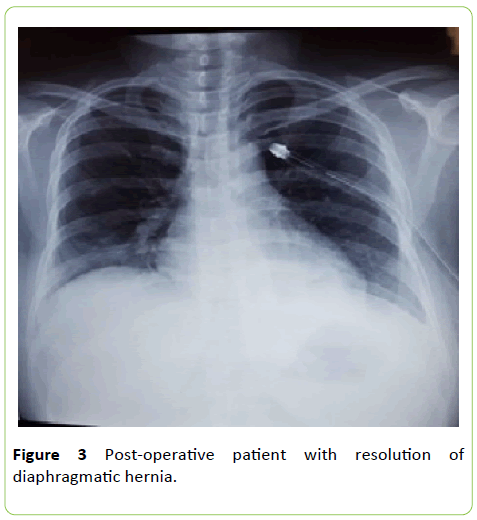
Hernia de Bochdalek: A Challenging Diagnosis | Insight Medical Publishing
Diaphragmatic Hernia - Laparoscopic and Thoracoscopic Repair, Mumbai
Diaphragmatic Hernia | Consultant360
JCDR - Diaphragmatic hernia, Bochdalek hernia, Traumatic, Hernia repair, Diaphragm, Adult
Bochdalek hernia - Wikipedia
Cureus | A Lady with Severe Abdominal Pain Following a Zumba Dance Session: A Rare Presentation of Bochdalek Hernia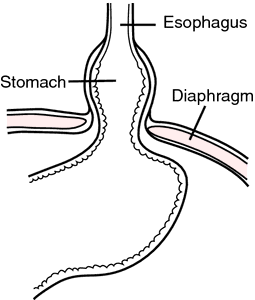
Diaphragmatic hernia | definition of diaphragmatic hernia by Medical dictionary
Diaphragmatic Hernia: Causes, Symptoms & Diagnosis
Anatomical locations of the two common types of congenital... | Download Scientific Diagram
Laparoscopic Diaphragmatic Hernia Repair
Symptomatic Bochdalek Hernia in Pregnancy: A Rare Case Report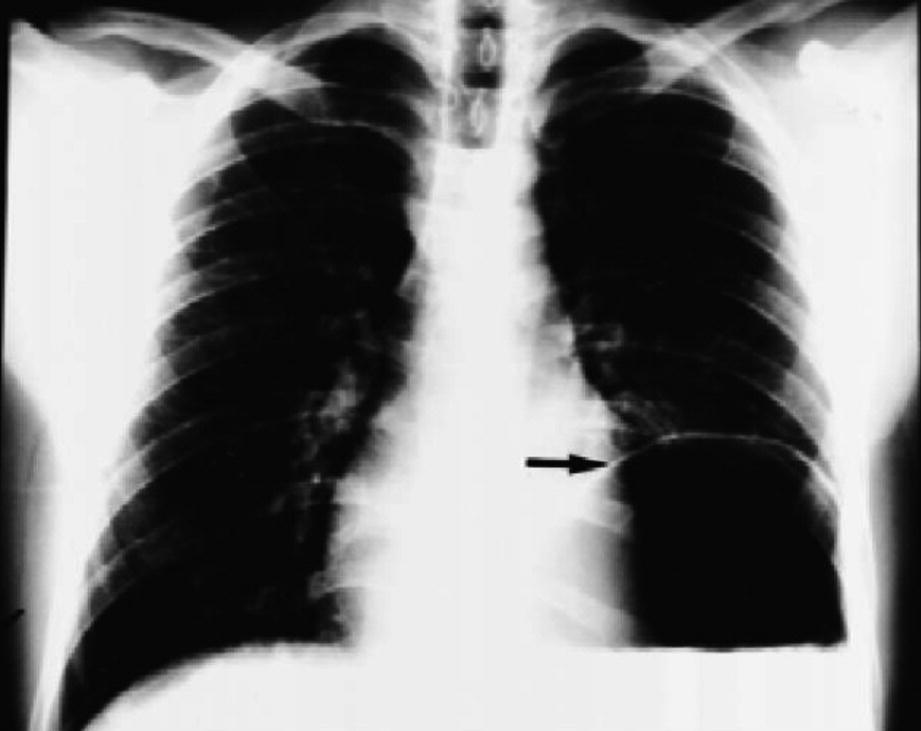
Surgical Management: Other Diaphragmatic Hernias in Adults | SpringerLink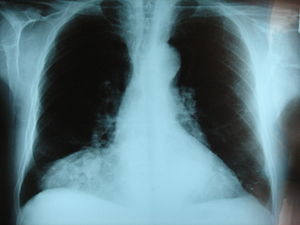
Congenital diaphragmatic hernia - Wikipedia
Diaphragmatic Hernia: Definition, Causes & Types | Study.com
Hiatus Hernia - Digestive Disorders - Merck Manuals Consumer Version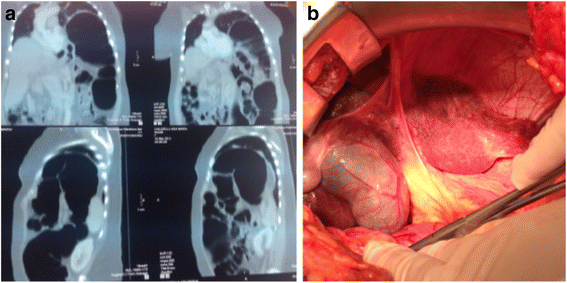
Emergency surgery due to diaphragmatic hernia: case series and review | World Journal of Emergency Surgery | Full Text
 Late-onset congenital diaphragmatic hernia: A case report - ScienceDirect
Late-onset congenital diaphragmatic hernia: A case report - ScienceDirect



































Posting Komentar untuk "diaphragmatic hernia in adults"